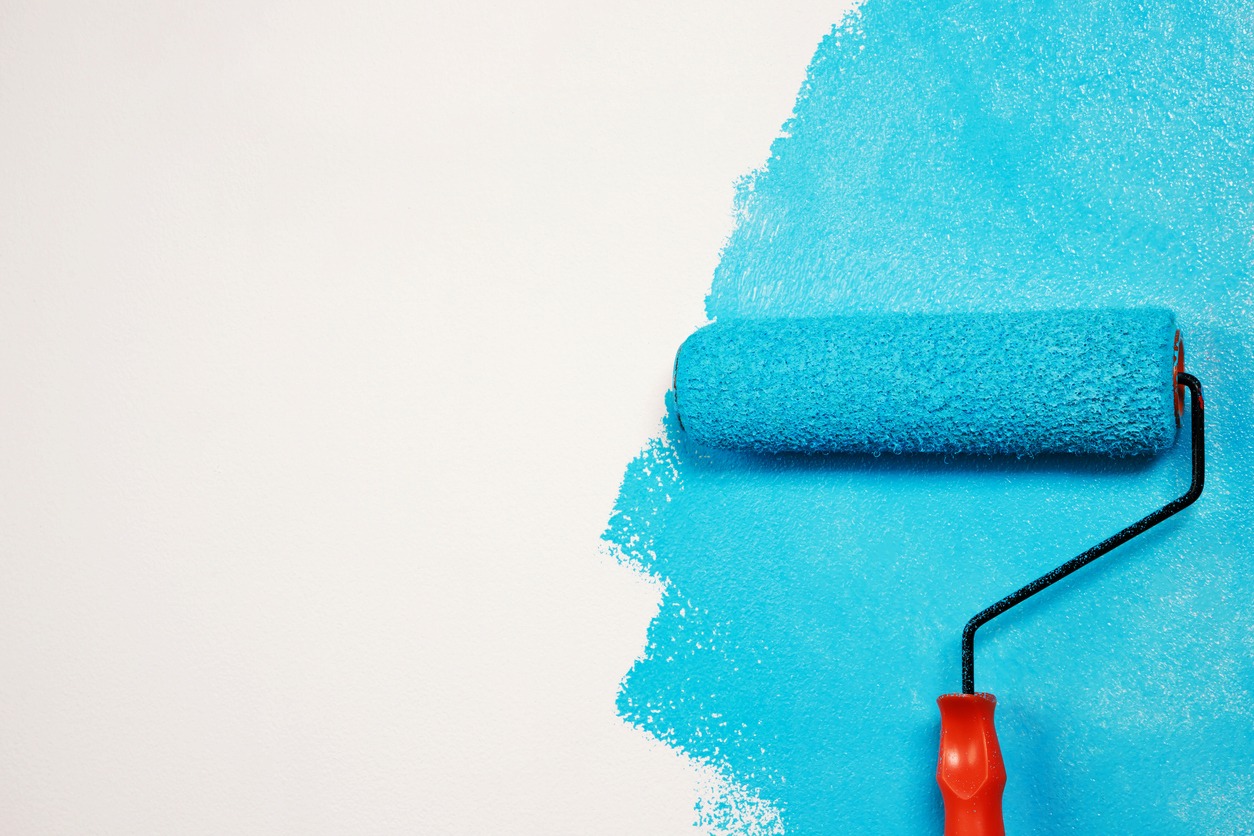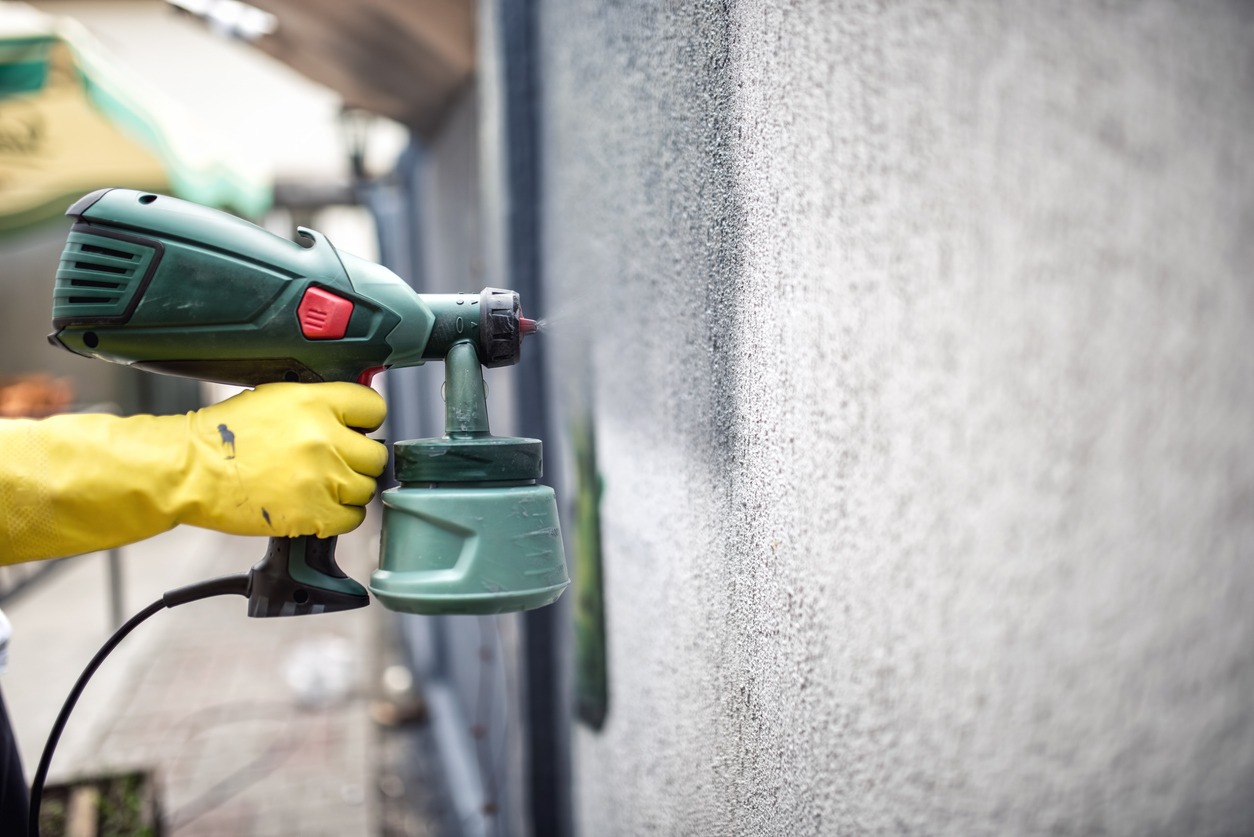When it comes to house painting, there are three main methods: brushing, rolling, and spraying. Each technique has its own advantages and is suited to different types of projects. In this article, we will compare these methods to help you decide which one is best for your painting project.
What is Brushing?
Brushing is a traditional painting method that involves using a paintbrush to apply paint to a surface. This technique is ideal for small areas, edges, and detailed work. Brushes come in various sizes and shapes.
One advantage of brushing is the control it offers. Painters can easily maneuver around tight corners and intricate details. This makes brushing perfect for painting trim, doors, and other detailed areas.
Additionally, brushing allows for a thicker application of paint, which can be useful for covering imperfections on the surface. However, it can be time-consuming compared to other methods, especially for larger areas.
What is Rolling?
Rolling is a popular painting method that uses a paint roller to apply paint to large, flat surfaces. This technique is efficient and covers areas quickly, making it ideal for walls and ceilings. Much like brushes, paint rollers come in various sizes and types.
One benefit of rolling is its speed. A roller can cover a large area much faster than a brush, which is useful for big projects. Rolling also tends to leave a more even finish with fewer brush marks, creating a smoother appearance.
However, it can be challenging to use a roller in tight spaces or on surfaces with a lot of detail. For these areas, a combination of rolling and brushing might be necessary.
What is Spraying?
Spraying is a painting method that uses a spray gun to apply paint. This technique is ideal for covering large areas quickly and achieving a smooth, even finish. Spray guns can be adjusted to control the flow of paint and the size of the spray pattern.
One advantage of spraying is its efficiency. It can cover large surfaces in a fraction of the time it would take with a brush or roller. Spraying is particularly useful for exterior walls, fences, and hard-to-reach areas.
But, more preparation is required to protect surrounding areas from overspray. Painters need to mask off windows, doors, and other surfaces that should not be painted.
Choosing the Type of Painting Method You Need
Choosing the right painting method for your project depends on several factors. Each method—brushing, rolling, and spraying—has its own advantages and is suited for different situations. Here are the key factors to consider:
Surface Size
The size of the surface you need to paint plays a major role in selecting the painting method. For large areas like walls and ceilings, rolling is often the best choice because it covers more area quickly.
Spraying is also effective for large surfaces, especially exteriors, as it can coat the surface evenly in a short amount of time. For smaller or more detailed areas, brushing allows for precise application and control.
Detail and Precision
If your project involves a lot of detailed work, such as trim, corners, or intricate designs, brushing is usually the best method. Brushes allow for careful, controlled application of paint, making it easier to navigate tight spaces and detailed areas.
Rolling can be challenging in detailed areas but works well on flat, open surfaces. Spraying can handle both large areas and some detailed work, but it requires careful masking to avoid overspray on unwanted areas.
Time and Efficiency
Consider how much time you have to complete the painting project. Spraying is the fastest method and can save a lot of time, especially on large surfaces. However, it requires more preparation and cleanup time. Rolling is also efficient and faster than brushing but slower than spraying. Brushing takes the most time, especially for large areas, but it provides the most control and precision for detailed work.
Surface Texture
The texture of the surface you’re painting can influence your choice of method. Spraying is ideal for rough or textured surfaces because it can get into the nooks and crannies that a brush or roller might miss.
Rolling is effective on smooth to lightly textured surfaces, providing an even coat of paint. Brushing can be used on any surface but may take longer on rough textures as it requires more effort to cover evenly.
Should You Hire Professional Painters for Brushing, Rolling, and Spraying?
Deciding whether to hire professional painters for brushing, rolling, and spraying can also depend on several factors. Take a look below for the reasons why hiring professionals might be the best choice for your painting project:
- Expertise: Professionals have the knowledge and skills to handle all painting methods. They know the best techniques to achieve a high-quality finish.
- Efficiency: Hiring professionals can save you time. They work quickly and efficiently, completing the job faster than most DIY efforts.
- Proper Equipment: Professionals come equipped with all the necessary tools and materials. This includes high-quality brushes, rollers, and spray guns that you might not have at home.
- Surface Preparation: Proper preparation is key to a good paint job. Professionals ensure that surfaces are cleaned, repaired, and primed correctly before painting.
- Safety: Painting can involve working at heights or handling potentially hazardous materials. Professionals are trained to follow safety protocols, reducing the risk of accidents.
- Clean-Up: After completing the project, professional painters take care of all the clean-up. They leave your space neat and tidy, saving you the hassle of cleaning up after a messy job.
Conclusion
In conclusion, choosing the right painting method—brushing, rolling, or spraying—depends on your specific needs and the nature of the project. Each method has its own advantages and can be the best choice in different situations.
For professional painting services related to these methods, call us at Custom Painting, Inc. at 925-294-8062 or fill out our Contact Form.



